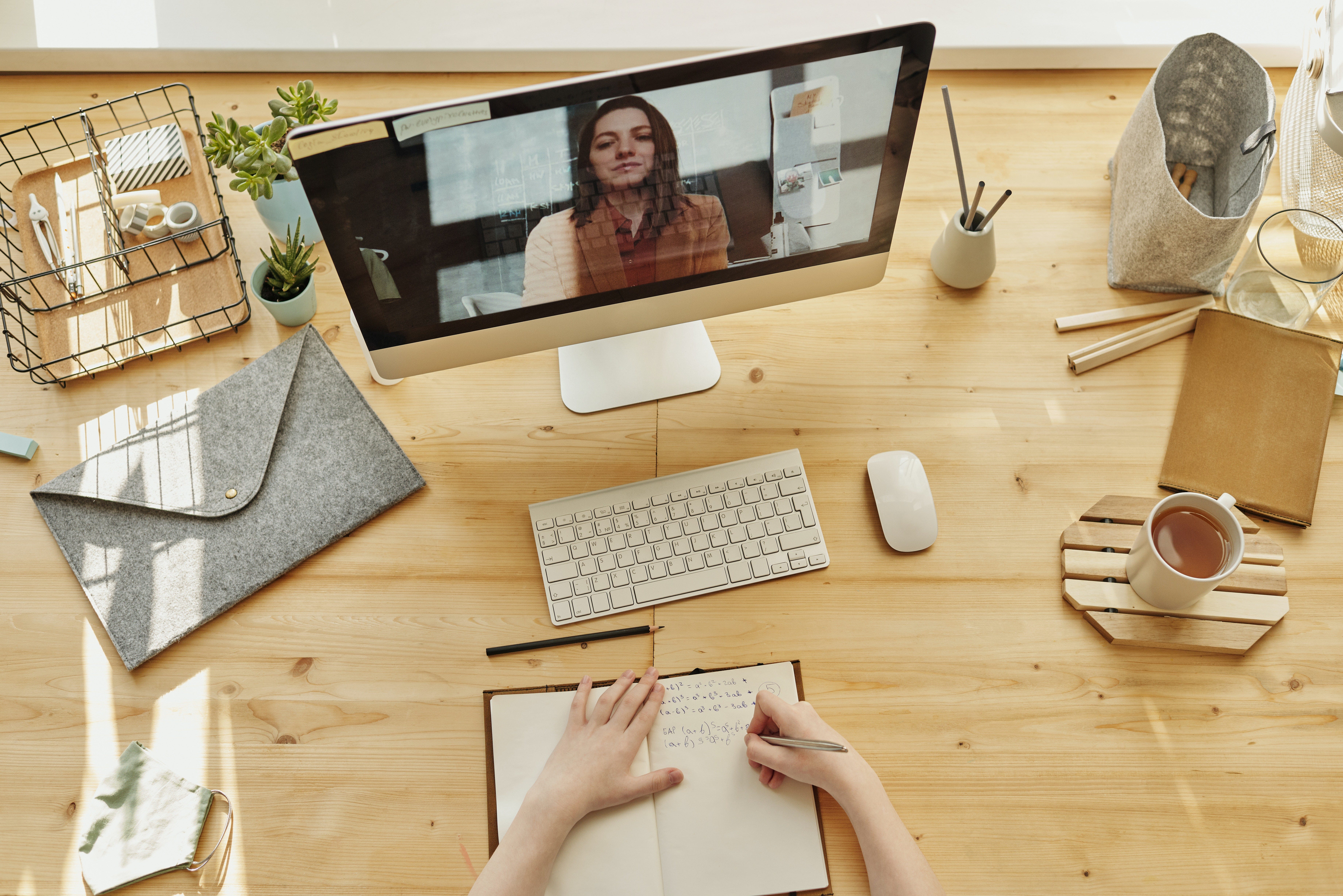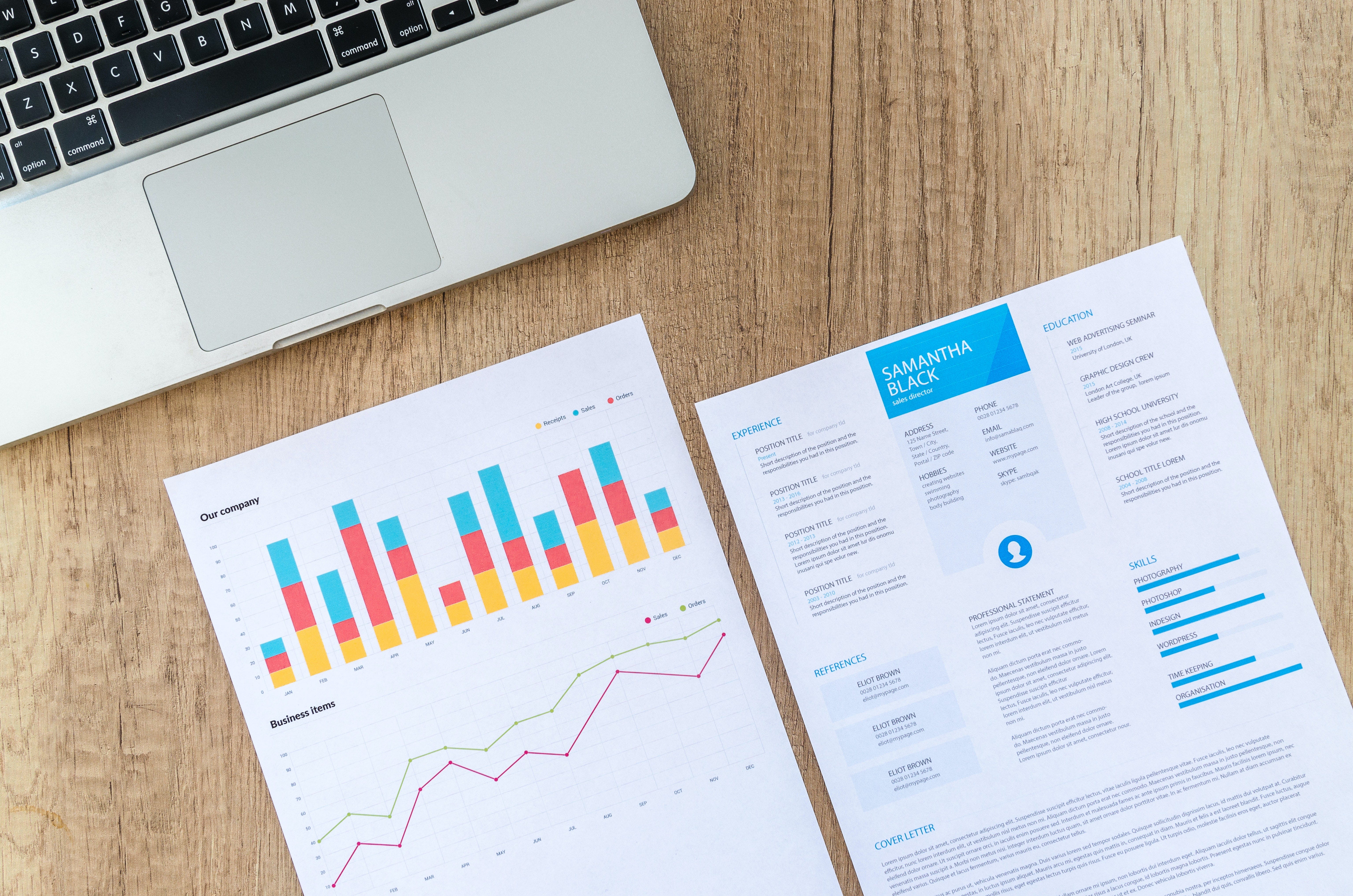
Photo by Andrea Piacquadio from Pexels
Last month, one of our software engineers left the company. We began to search for his replacement and I was part of the interviewer group. The position we were interviewing for was junior to mid level.
We were not looking for the 10x coding rockstar. We were looking for someone who is eager to learn, passionate about solving problems and happy to work in a team environment. We expect candidates to demonstrate an understanding of programming basics. We do not, however, expect candidates to know everything from front end technologies to cloud infrastructure.
Throughout my software engineering career, I was usually the one who was being interviewed. In this article, I would like to share how the interview process looked like from the perspective of an interviewer. I will also highlight the sort of responses from candidates that really impresses the interviewers. Hopefully, this will provide some valuable insights for candidates going into interviews of similar levels in the future.
Interview settings

Interview settings will vary a lot, especially in these uncertain times. During the pre-pandemic era, apart from the initial phone screen, the main technical interview was usually face-to-face. For this type of interview, proper attire is the way to go. A long sleeves shirt, a pair of nice long pants, and shoes are usually enough to leave a good first impression.
At the time of writing, we were in the middle of the pandemic. A lot of companies are conducting interviews remotely through video calls. In our case, we shared the video app that we will be using and a conferencing link to candidates before the actual interviews happen.
Hence, as a candidate, it is a good idea to make sure the video conference app works well on your machine before the actual interview. Test run the app, adjust lighting as needed, test the sound system, all that. This may seem trivial, but we did have candidates with a faulty video or audio system when the actual interview starts. This will cause disruption to the interview flow which is generally not ideal.
It is also a good idea to dress up a little and make sure your hair is tidy just before the video interview. It will boost your confidence and project your energy to interviewers as well. Speak slower than usual but make sure your speech is clear. Take into account that the network connection may be unstable during the interview. Body languages are ideal and will be helpful in these situations.
Preparations

Preparation is key for candidates who want to ace their interviews. The same can be said for interviewers who want their candidates to succeed. In our case, we were presented with the top five to six candidates after the initial phone screening. From there, our team took over and conducted a one-off interview with each of the candidates.
We found that it was extremely helpful to spend some time going through candidates’ resumes and profiles. It helped us to gauge their skill level and tailored the interviews accordingly. We anticipated some of their key strengths and set up a stage for them to shine on it. We also asked candidates how would they approach domains that they were unfamiliar about.
Therefore, do not be afraid to show off your greatest strengths and talk about how you would improve on areas that you are not quite familiar with yet. Interviewers are always keen to hear about what candidates have to say about themselves.
#junior-developer #software-development #interview #code-review #software-engineering
